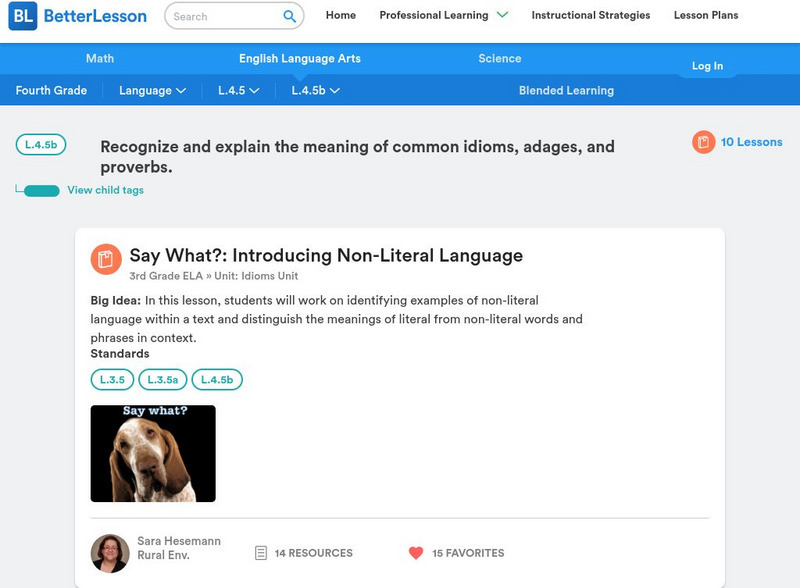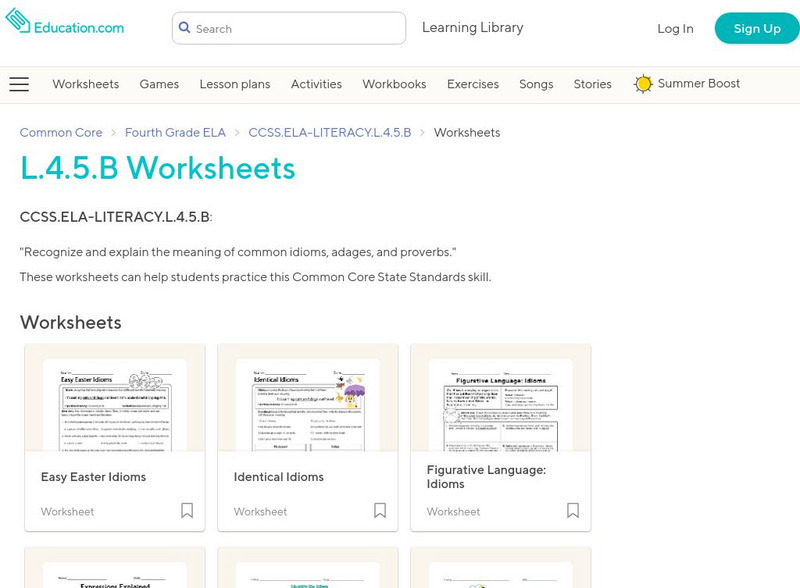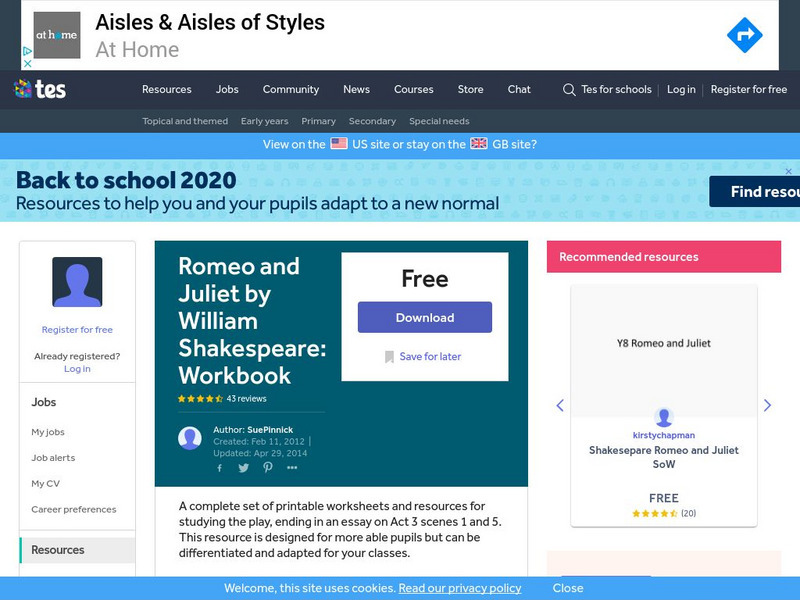New York State Education Department
TASC Transition Curriculum: Workshop 4
Why is it important to use precise language? Participants explore this question in the fourth activity in a series of 15 on effective instruction. Perfect for all content areas, the activity promotes appropriate language choice through...
William & Mary
Inferential Reading Comprehension Considerations Packet
Don't forget to read between the lines! Educators learn tips and activities to help scholars learn to infer to increase reading comprehension. Activities suggested include think alouds, backwards words, and who's who. the packet includes...
Texas Education Agency
Texas Gateway: Polish Tone, Style, and Figurative Language (English Ii Writing)
You will learn strategies for evaluating and revising the tone, style, and figurative language in an essay. W.9-10.1d & W.9-10.2e Style/tone/conv
Better Lesson
Better Lesson: Go Figure With Figurative Language It Helps With Predicting!
In this lesson, learners will use figurative language, digital tools, and illustrations to write a story. The teacher will model how to use an app that has onomatopoeia to create a story with a good beginning, middle, and end. A video...
Texas Education Agency
Texas Gateway: Importance of Figurative Language: Practice 3 (English I Reading)
[Accessible by TX Educators. Free Registration/Login Required] In this lesson, you will sharpen your skill in reading figurative language and in connecting it with the historical and cultural settings in the text.
PBS
Pbs Learning Media: Literary Elements and Techniques: Figurative Language
Discover how authors use figurative language to enhance their writing and explore the differences between similes and metaphors in this animated video [3:37] from WNET. Discussion questions below help students to further apply their...
Quizlet
Quizlet: Flashcards: Figurative Language Level 1
Practice learning figurative language using these audio-enabled flashcards with literary terms and their definitions. Also provided is a list of terms and definitions (audio available) and links to games and a test. Java is required....
Other
Rudolph Academy: Figurative Language Quizzes and Practice Exercises
This site offers a multitude of figurative language quizzes (some by grade level), a PowerPoint presentation and links to much more. It features a 30 question quiz asking students to either read or listen to statements and then select...
CommonLit
Common Lit: Languages
CommonLit.org is a wonderful resource to use in a Language Arts classroom. Each text is accompanied by guided reading questions, assessment questions, and discussion questions. In addition, students can click on words to see the...
Curated OER
Mc Graw Hill: Analyze Language Choices
Learn about figurative language and how to determine the figurative, denotative, and connotative meanings of words.
CommonLit
Common Lit: "What Love Isn't" by Yrsa Daley Ward
CommonLit.org is a wonderful resource to use in a Language Arts classroom. Each story or article is accompanied by guided reading questions, assessment questions, and discussion questions. In addition, students can click on words to see...
Other
Fu Jen Univ.: Poetic Elements: Denotation and Connotation: Figures of Speech
This site gives short definitions of the terms denotation and connotation. Also gives definitions for many figures of speech. Finally, includes discussion and study questions for a few poems at the bottom of the page. L.11-12.5b Nuance
National Endowment for the Humanities
Neh: Edsit Ement: Poems of Tennyson and Noyes: Pictures in Words
This is a great and informative site. This lesson uses Tennyson's "The Charge of the Light Brigade" and Noyes's "The Highwayman" to teach vivid imagery and figurative language. Don't miss out.
Quia
Quia: Have Fun: My Quia Activities and Quizzes
Have Fun is a collection of links to Quia games, activities, and quizzes covering a variety of language arts topics, such as analogies, synonyms, antonyms, homonyms, sequencing, categorizing, compound words, grammar, sentences, and...
E Reading Worksheets
E Reading Worksheets: Lord of the Flies
In this learning module, students will engage in a deep study of William Golding's novel, Lord of the Flies. A game to reinforce the understanding of the conficts in the Lord of the Flies is available. Worksheets with figurative devices...
CommonLit
Common Lit: "We Wear the Mask" by Paul Laurence Dunbar
CommonLit.org is a wonderful resource to use in a Language Arts classroom. Each text is accompanied by guided reading questions, assessment questions, and discussion questions. In addition, students can click on words to see the...
Unite for Literacy
Unite for Literacy: Know and Learn: Look and Find the Shapes
A book about shapes in the world around us. Includes audio narration in 9 additional languages with text in English.
Department of Defense
Do Dea: Thinking Skills
In this self-guided course, you will be looking at several pieces of literature in many different forms. This unit will teach you some principles of thinking and learning and how to use basic literary terms in the analysis of literature....
Scholastic
Scholastic: Exploring Author's Language in "The River" [Pdf]
Students will learn about literary devices as used in Gary Paulsen's "The River." This guide also supplies suggestions for group activities (PDF, requires Adobe Reader.)
Reading Rockets
Reading Rockets: Developing Academic Language: Got Words?
This is a research-based article concerning how to best teach academic vocabulary. Research finds that most teachers assign and mention vocabulary, but to be effective, instruction must be direct and meaningful. Recommendations for...
Better Lesson
Better Lesson: L.3.5a: Distinguish Literal and Nonliteral Meanings of Words
Links to 18 lessons and activities that build student skills in standard L.3.5a: Distinguish the literal and nonliteral meanings of words and phrases in context (e.g., take steps).
Better Lesson
Better Lesson: L.4.5b: Recognize Meanings of Idioms, Adages, Proverbs
Links to 10 lessons and activities that build student skills in standard L.4.5b: Recognize and explain the meaning of common idioms, adages, and proverbs.
Education.com
Education.com: L.4.5.b Worksheets: Recognize Meanings of Idioms, Adages, Proverbs
[Free Registration/Login Required] A site with links to 10 worksheets that can be downloaded and printed for student use while building skills with standard L.4.5.B: Recognize and explain the meaning of common idioms, adages, and proverbs.
TES Global
Tes: Romeo and Juliet by William Shakespeare: Workbook
[Free Registration/Login Required] This is a 30-page study guide for the play Romeo and Juliet by William Shakespeare including "The Prologue" and excerpts from the text with questions, research on the context of the play, figurative...
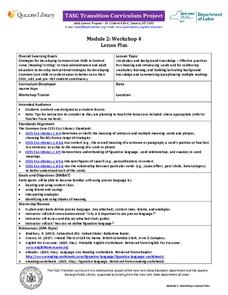
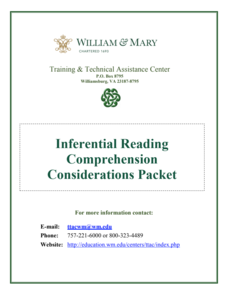


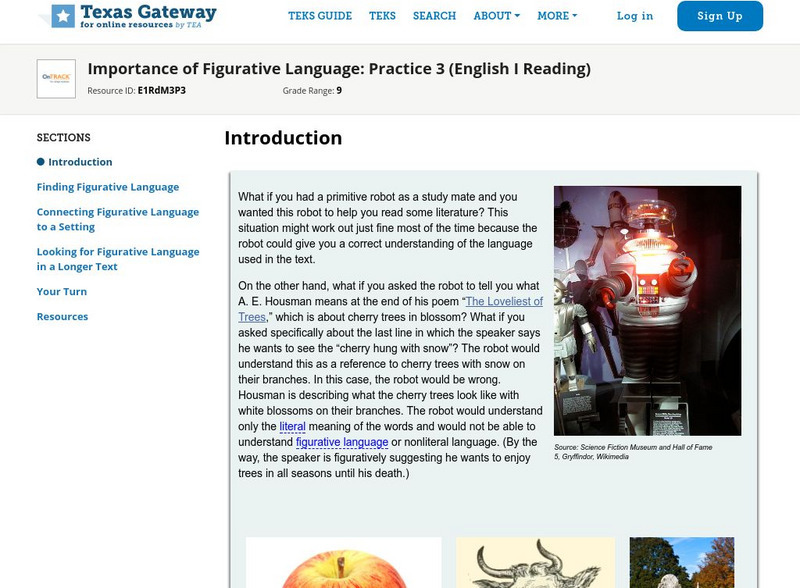


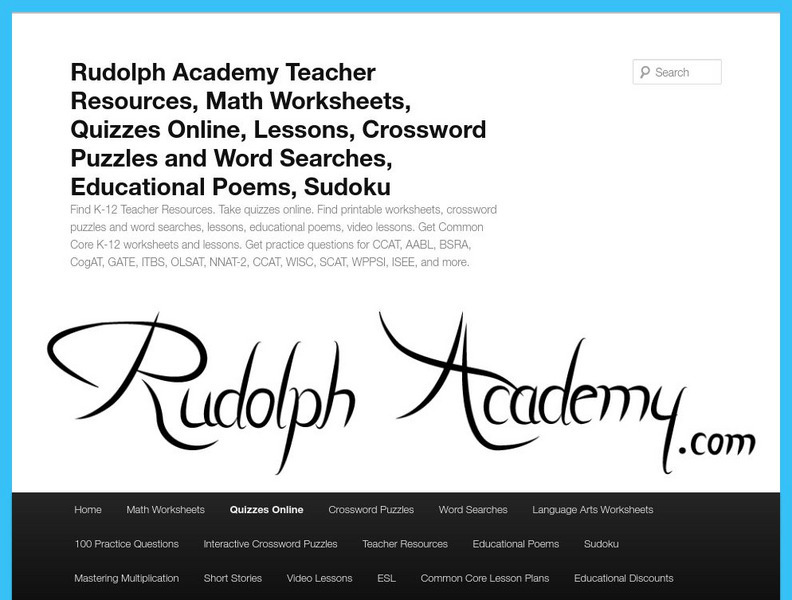

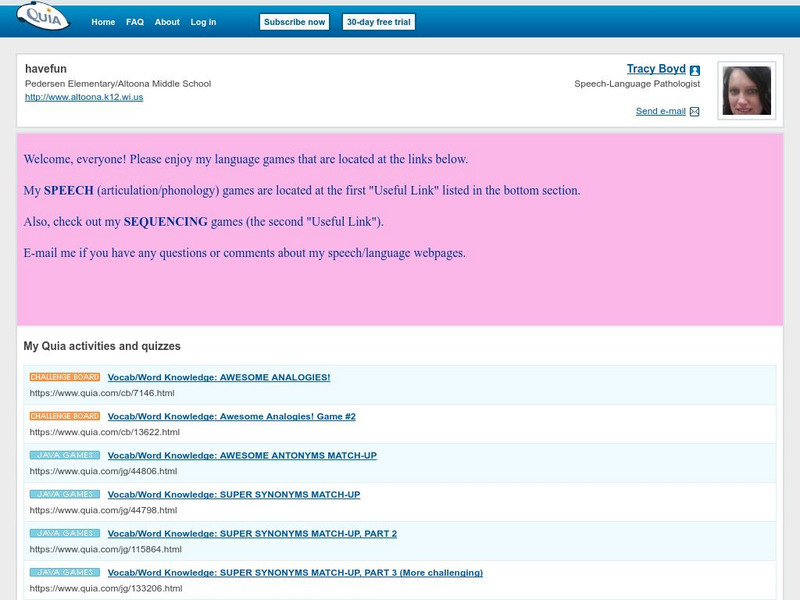

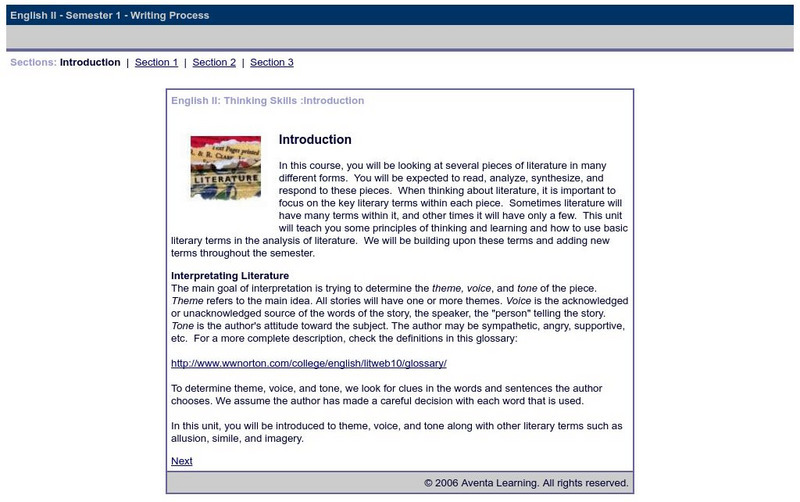
![Scholastic: Exploring Author's Language in "The River" [Pdf] Website Scholastic: Exploring Author's Language in "The River" [Pdf] Website](https://content.lessonplanet.com/knovation/original/34487-fb6f673c15b1f6a9b904e42e1affec9f.jpg?1661409227)


